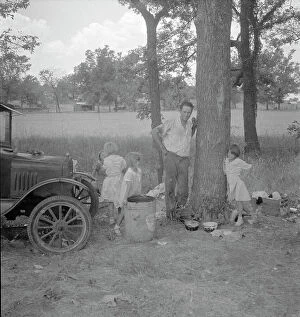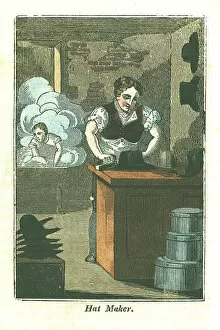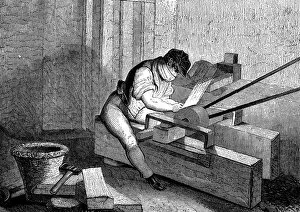Occupational Disease Collection
From the humble beaver hat factories of 1750, 1835, and 1841 in Europe, to the bustling needle-making workshops of Redditch, England in 1819
All Professionally Made to Order for Quick Shipping
From the humble beaver hat factories of 1750, 1835, and 1841 in Europe, to the bustling needle-making workshops of Redditch, England in 1819, the industrial revolution brought about significant advancements in manufacturing processes. However, these innovations came with a cost. Unbeknownst to many hat makers and needle workers, the use of toxic materials like mercury and silica dust led to devastating occupational diseases. Heart and lung ailments, such as silicosis and other respiratory conditions, became common afflictions for those working in these industries. The grim reality of these hidden hazards was only revealed through X-ray imaging in the early 20th century (C018 / 0498, C015 / 7129, C018 / 0500, C018 / 0502). The history of occupational diseases serves as a stark reminder of the importance of worker safety and the need for continued vigilance in identifying and mitigating workplace hazards.















